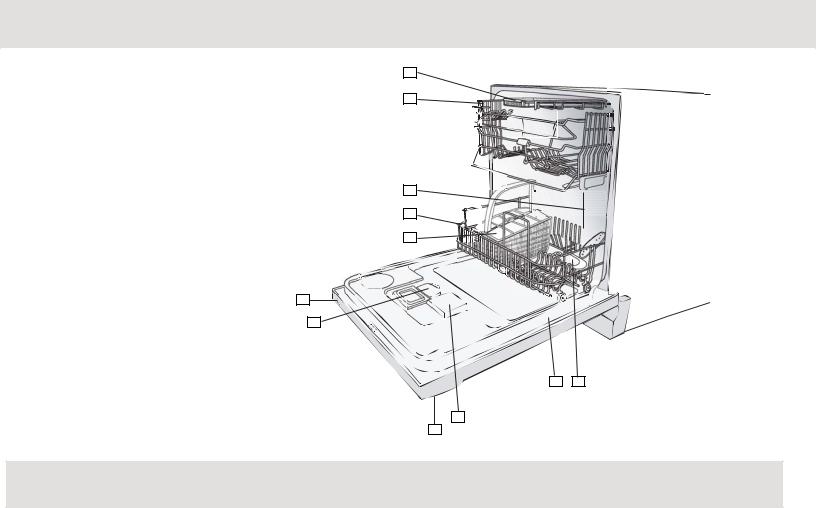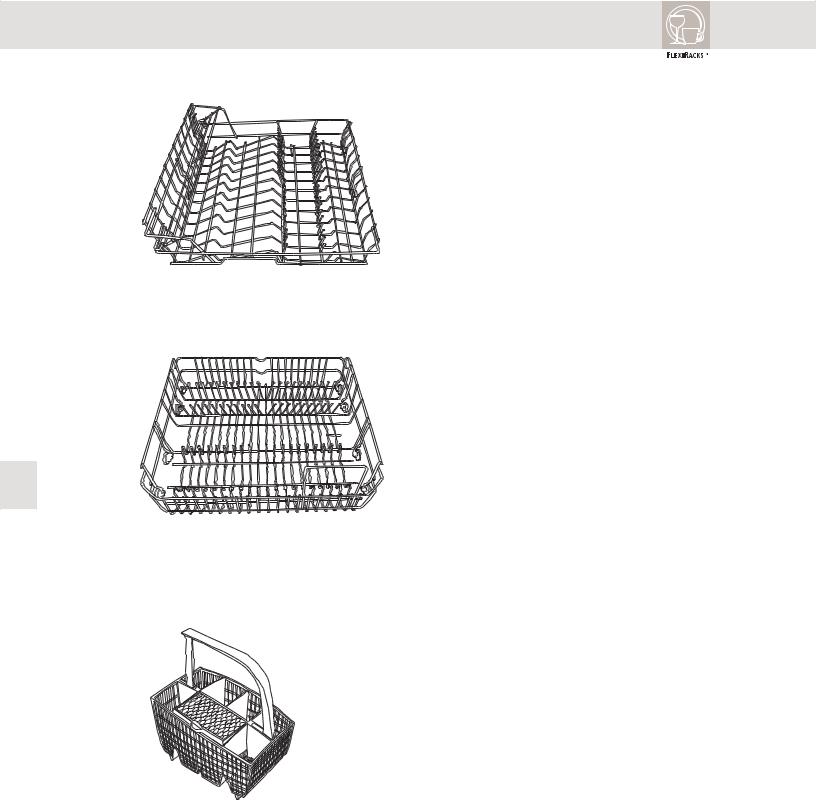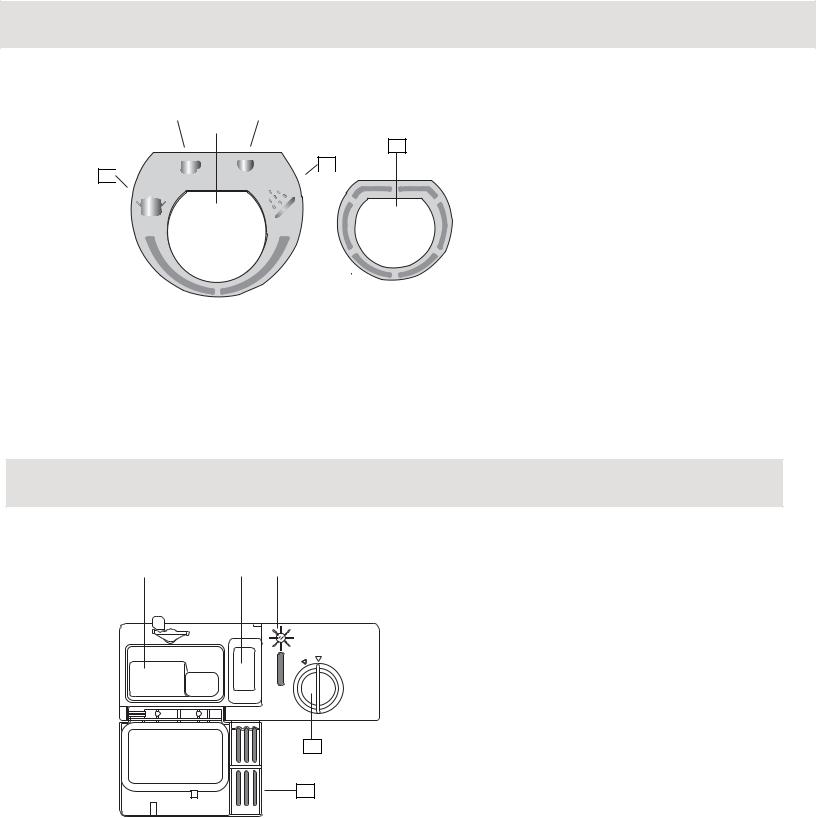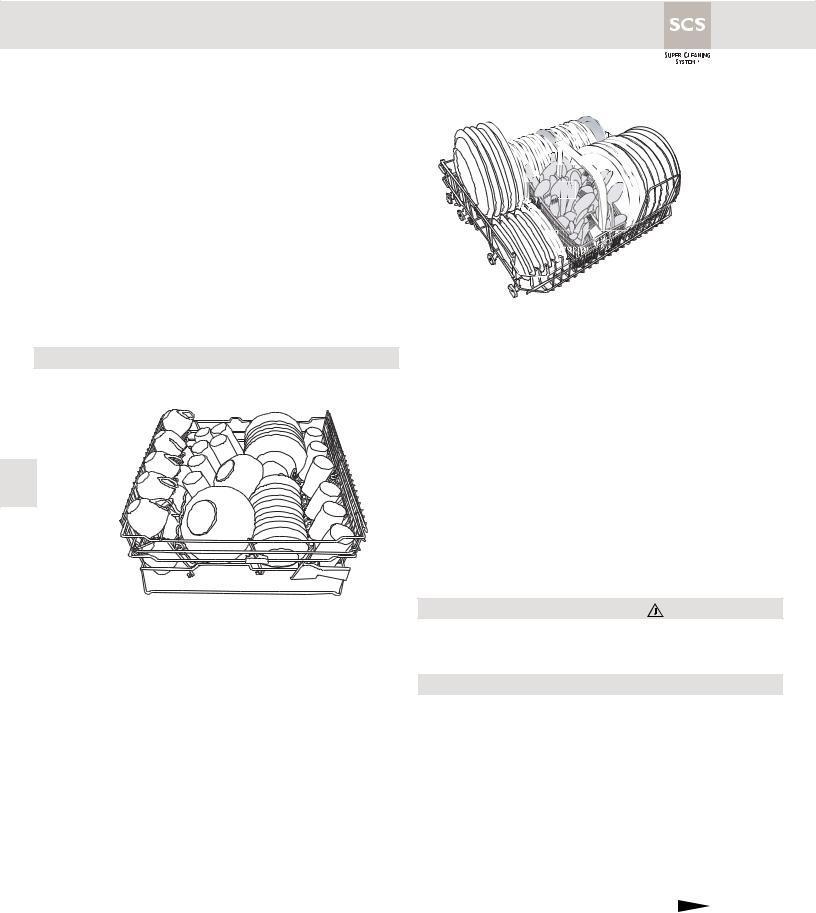Asko D3100 User Manual

Use & Care Guide
Dishwasher
ASKO D3100

Dear ASKO-customer,
Congratulations on your excellent product choice and welcome to the Asko family. A global family with its roots in Scandinavia.
Cleaning results, design, environmental impact on nature and home, user-friendliness, low consumption of time, energy and water, a long life span, reliability.... Good appliances should include all of these. And this is what we try to give you.
When you buy an ASKO product, we want you to feel assured that the inside is as good as the outside and that the ethics and morals on which we built this machine are just as high as the quality and performance you get from it. That is what Scandinavian quality is all about.
In order to get the best possible results from your machine and all its functions, please read this Use and Care Guide before using the machine for the first time. And if you have any questions, please do not hesitate to call us or contact us via our web site.
Best regards from Scandinavia and the people at Asko.
2

Contents
|
Page |
Contents |
3-4 |
Before doing your first wash |
5 |
Read the directions of use |
|
Take care with certain materials |
|
Check the door |
|
Check water hardness level |
|
Machines with water softener |
|
Safety |
6 |
General |
|
Winter storage/Transport |
|
Overfill protection |
|
Cleaning |
|
Packaging materials |
|
Scrapping |
|
Child safety |
7 |
Child-safe dishwashing |
|
Protect your children! Dishwasher |
|
detergent is corrosive |
|
Parts of the dishwasher |
8 |
Technical information |
8 |
Baskets |
9 |
Control panel |
10 |
Dispenser |
10 |
Basic Course |
11-12 |
Load the baskets correctly |
|
Dispense dishwasher detergent |
|
Select program |
|
Press start |
|
Changing options |
|
Do you want to load more dishes? If the machine is switched off with the main switch
After dishwashing
Eco-dishwashing |
13 |
Only perform washes with a full machine |
|
Do not rinse before dishwashing |
|
Choose environmentally-friendly |
|
dishwasher detergent |
|
Fragile dishes |
14 |
Fragile decoration |
|
Crystal/glass |
|
Silver |
|
Cutlery with glued handles |
|
Wood |
|
Aluminium |
|
Plastic |
|
Protect plastic goods |
|
Standard program |
15 |
Cleaning |
16-17 |
Coarse filter |
|
-Fine filter |
|
Drain pump |
|
Spray arms |
|
Door |
|
Rinse aid |
19 |
Pour in rinse aid |
|
Select dosage |
|
Salt |
20 |
Pour in salt |
|
Settings |
21 |
Setting water hardness |
|
Fault indications |
22 |
Troubleshooting |
23-25 |
The dishes are not clean Stains or a film on the china
The china has a whitish-blue sticky film Stains on stainless steel or silver Stains which remain after dishwashing
3

Rattling sounds during dishwashing
The machine will not start
Water remains in the machine
Overfilling/leakage
Bad odour in the machine
Performance information |
26 |
Installation |
27-31 |
Suggestions on positioning the dishwasher
A.Built-in
B.Freestanding
C.Semi-freestanding Connection to water supply Connection to electricity Drainage connection
Positioning the machine
A.Adjusting machines with six feet (freestanding dishwasher)
B.Adjusting machines with three or four feet
C.Adjusting dish washers with adjustable foot
Installing the plinth
(Only with kick-plate as accessory)
Screw the dishwasher into place
Fitting fixed kick-plate
Fitting strip seal (on floor plinth covering plate)
NB! Not all models
Setting water hardness |
|
Service & guarantee |
32 |
Own comments |
33-34 |
Search words |
35 |
Quick Guide |
36 |
4

Before doing your first wash
Read the directions of! use
Read the directions of use before starting to use your machine, especially the Safety, Child Safety and Basic Course sections.
Take care with certain materials
Read the section ‘Fragile dishes’ before washing china with unglazed decoration or other household goods made of plastic, wood or crystal requiring careful treatment.
Check the door
Check that the door of the dishwasher fits properly: open the door a little and let it go. Does it stay exactly where you released it? If not, you should check the installation instructions or consult the installer.
Check water hardness level
Phone your local Water Board to check the water hardness in your area. This is important when dispensing dishwasher detergent and rinse aid.
Machine with water softener
Once you know the water hardness, you can set the water softener, see Settings. Before you start dishwashing, you must also fill with salt, see Salt.
5

Safety
General
•Read and keep the directions for use!
•Installation of water, drainage and electricity must be carried out by a qualified professional.
•Do not use the dishwasher for any purposes other than those stated in these directions for use.
•Do not load the dishwasher door or the dishwasher baskets with anything other than dishes.
•Only usedishwasherdetergent!
•Place knives and other sharp objects so that they cannot cause injury to people or damage the dishwasher.
Never put dishes containing solvent residue in the machine due to risk of explosion. Neither may dishes containing ashes, wax or lubricating grease be washed in the dishwasher.
Winter storage/Transport
Store the machine away from frost.
Avoid long journeys in extreme cold. Transport the machine in an upright position or lying on its back.
Overfill protection
The overfill protection starts pumping out water and closes off the water intake if the machine’s water level exceeds the normal level. If the overfill protector starts up, shut off the water supply and phone for service.
See also ‘Troubleshooting’ on pages 23-25.
Cleaning
Only use a slightly damp cloth for cleaning around the edge of the door. Do not use a spray bottle! Water can penetrate into the lock and come into contact with the electrical components.
Packaging materials
Sort at source in accordance with the recommendations of your local authority.
Scrapping
When the time comes for the machine to be scrapped, it should immediately be rendered unusable. Remove the plug and cut off the lead as short as possible.
Contact the refuse collection department or your local authority for information on the correct way to dispose of the dishwasher! The dishwasher is manufactured and labelled for recycling.
6

Child safety!
Child-safe dishwashing
•Always close the door and start the program immediately once dishwasher detergent has been added.
•Keep children away from the dishwasher when it is open. There might be the remains of dishwasher detergent present!
•Do not allow children to use or play with the dishwasher. Always take particular care when the door is open.
Protect your children!
- Dishwasher detergent is corrosive!
WARNING: Dishwasher detergents are strongly alkaline.They can be extremely dangerous if swallowed. Avoid contact with skin and eyes and keep children away from the dishwasher when the door is open.
Check that the detergent receptable is empty after completion of the wash cycle.
Store dishwasher detergent and rinse aid out of the reach of children!
Should dishwasher detergent be swallowed, immediately drink one or two glasses of milk or water. Do not attempt to induce vomiting. Contact a doctor! Should dishwasher detergent come into contact with the eyes, rinse (for at least 15 minutes) with copious amounts of water.
7

Parts of the dishwasher*
1.Knife basket
2.Upper basket
3.Spray arms
4.Lower basket
5.Cutlery basket
6.Rinse aid dispenser
7.Dishwasher detergent compartment
8.Main switch
9.Program panel
10.Filter
11.Type plate
8
7
* Details may differ
depending on model and market!
1
2
3
4
5
11 |
10 |
6
9
Technical information
Height |
820-870 mm |
Width |
596 mm |
Depth |
550 mm**** |
Weight |
48 kg/51 kg with water softener* |
Capacity** |
14 place settings |
Water pressure |
0.03-1.0 MPa (0.3–10 kp/cm2) |
Connection |
1-phase, 230 V, 50Hz 10/10A*** |
Max output |
1900 W*** |
Accessories |
Work surface, Side panels, Anti-tilt |
* Details may differ depending on model and |
|
market! |
|
**In accordance with standard, AS/NZS 2007. |
|
***See type plate. |
|
****Without fitted wooden door. |
|
8

Baskets*
Upper basket with cup rack
Lower basket
Cutlery basket with door and folding handle
*Details may differ depending on the model and market!
9

Control panel
3 |
|
|
4 |
|
|
|
1 |
|
|
6
 5 2
5 2 



P R O G R A M
P R O G R A M |
S TA R T |
|
S T O P |
1. Program selector |
4. Quick wash |
|
2. Heavy wash |
5. Rinse & Hold |
|
|
||
3. Normal wash |
6. Start/stop |
|
|
Dispenser
1 |
|
2 |
|
3 |
1. Compartment for main wash dishwasher detergent
2. Compartment for pre-wash detergent
3. Refill indicator rinse aid
4. Rinse aid cover
5. Detergent compartment cover
4
5
10

Basic Course
Below are step by step instructions to help you achieve the best possible dishwashing results.
See Fragile dishes, if you want to wash articles that may be fragile.
 Load the baskets correctly!
Load the baskets correctly!
Your dishwasher is equipped with Super Cleaning System™. It is not necessary to rinse the dishes before washing.
Simply remove large food particles and debris. Convenient and environmentally friendly!
Place glasses, cups, bowls, side plates and dishes in the upper basket.
NB!
Ensure that all soiled surfaces face inwards or downwards!
Place dinner plates, side plates, serving dishes, saucepans and cutlery (in the cutlery basket) in the lower basket.
Stand the cutlery with handles downward and as spread out as possible. Ensure that spoons are not resting inside each other.
Do not put cutlery made of different materials, e.g. silver and stainless steel, in the same compartment (risk of stains).
Check that the spray arms are able to move freely.
 Detergent dosage
Detergent dosage
Detergent should be dispensed in accordance with the water’s hardness level.
Follow the dosage instructions on the detergent package. If your dishwasher is fitted with a water softener, dispense as for soft water.
Pour the dishwasher detergent into the dishwasher detergent compartment. There is one compartment for pre-wash and one for main wash, see Dispenser. Phone the dishwasher detergent manufacturer if you have any questions regarding the detergent.
CAUTION!
Protect your children!
- Dishwasher detergent is corrosive!
NB!
Only use dishwasher detergent
Detergent for washing by hand cannot be used as the build-up of foam impedes the machine’s performance.
11
